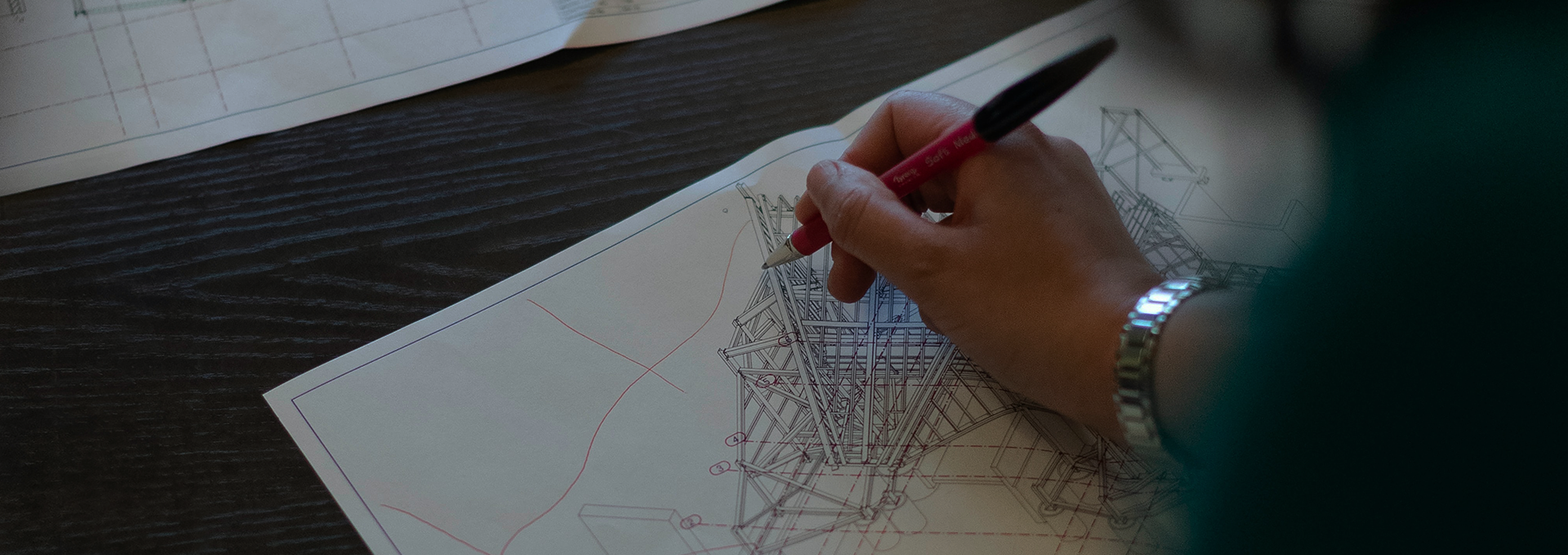腐蝕 — 材料劣化的理解、檢測與防護
什麼是腐蝕?
腐蝕是材料因與周遭環境發生化學反應而逐漸劣化或破壞的過程。最常見於金屬,但高分子、陶瓷等非金屬材料同樣可能受到影響。腐蝕可能是局部的,也可能是均勻發生的,會導致材料強度下降、表面性質改變、性能衰退。
造成腐蝕的因素很多,包括 pH 值、溫度、化學成分、輻射 等,都可能加速劣化;而機械應力與磨損則會進一步破壞表面,使腐蝕更容易發生。腐蝕的風險廣泛存在於 能源、冶金、海事、航太、汽車 等產業,若未妥善控制,將導致結構損壞、安全隱憂及營運效率下降。
為什麼要研究腐蝕?
研究腐蝕過程與機制,有助於我們了解不同環境下材料劣化的原因,進而:
- 開發更耐用的材料
- 選擇適合的防護塗層
- 預測可能的失效點
- 延長設備壽命、減少停機時間
- 降低維修成本與意外風險
主動進行腐蝕管理,不僅能提升安全與效率,也能減少材料浪費,促進永續發展。
腐蝕分析的需求
- 元素分析 — 材料選擇的關鍵
精確的元素組成分析能判斷材料的抗腐蝕能力,並預測其在特定環境下的反應。
常用技術包括:感應耦合電漿光譜 (ICP)、X 光螢光 (XRF)、輝光放電光譜 (GDOES)。
- 分子與結構研究
分子和結構研究對於理解材料行為和預測其對腐蝕環境的反應至關重要。
透過非破壞性檢測了解材料分子與結構特性,例如 拉曼光譜 可即時遠端監測腐蝕過程;原子力顯微鏡 (AFM) 可分析表面形貌,找出可能的腐蝕起始點。
- 材料與環境交互作用研究
了解材料與其環境之間的相互作用有助於預測腐蝕行為並確保其長期耐久性。例如,必須仔細研究表面特性和防護塗層的有效性,以評估其性能。
利用 原位量測 (in operando),可在流動電解液環境中即時監測表面變化;離線測試則可系統性調整溫度、pH、壓力等條件,評估其對腐蝕行為的影響。
- 多技術整合 — 更全面的視角
單一技術所得資訊有限,結合多種檢測方法可獲得多維度數據。例如在 GDOES 測得的深度剖面中,同步進行 拉曼分析,即可同時取得元素與分子資訊。
此外,透過精準的定位技術,可在多種檢測方法間對應同一位置進行分析,例如將 微區 X 光螢光 (µ-XRF)、微區拉曼 (microRaman) 與 nanoGPS navYX 再定位系統結合,進行粒子分析與交叉比對,大幅提升關聯性研究的精確度與可靠性。
HORIBA 的腐蝕研究解決方案
HORIBA 提供先進的腐蝕研究技術,能夠深入了解材料成分、行為及其與環境因素的相互作用。這些方法能夠進行精確的分析和監測,這對於理解腐蝕機制、開發防護塗層和延長材料壽命至關重要。
- 原子發射光譜電化學 (AESEC):結合 ICP,即時監測金屬離子釋放與沉積行為。
- 輝光放電光譜 (GDOES):分析材料表面與次表層的元素組成。
- 拉曼光譜:非破壞性分子與結構特徵分析。
- AFM + 拉曼:可增強對腐蝕和防腐塗層的檢測,從而深入了解腐蝕機制和防腐塗層的功效。同時觀察腐蝕與防護塗層的結構與化學變化。
- 元素分析儀:精準測定材料中的氧、氮、氫含量。
- XRF / 微區 XRF:元素分佈繪圖與薄膜厚度量測。
- 橢偏儀:分析薄膜性質,包括液態環境下的特性。
- 粒子分析儀:評估環境腐蝕性與防蝕劑效果(粒徑分佈、表面電位、比表面積)。
- 螢光光譜:分子層面的腐蝕表徵,包括腐蝕產物和過程的檢測、識別和分析。
Studying Corrosion Processes and Corrosion Protection Coatings Brochure
總結
HORIBA 提供完整的腐蝕研究工具組,從劣化原因追蹤到防護策略驗證,全方位協助研究人員與工程師延長材料壽命、提升安全性,並在嚴苛環境中維持最佳性能。
Corrosion
Corrosion is the gradual destruction or deterioration of a material due to a chemical reaction with its environment. It usually affects metals, but also affects other materials such as polymers and ceramics.
It is essential to study this phenomenon in various materials to understand its mechanisms and help researchers and engineers make the right choice in their projects. For this purpose, advanced analytical tools and techniques to study corrosion at macro, micro, and nanoscale levels are needed to help industries predict failures, optimize material lifespan, and develop effective corrosion protection strategies.
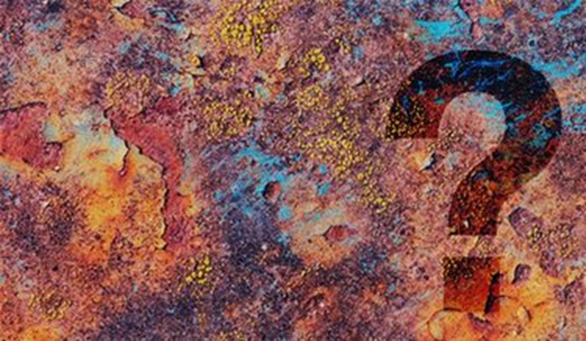 Definition of Corrosion
Definition of Corrosion
|
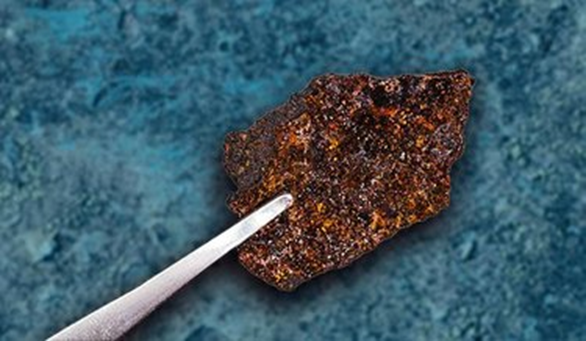 Studying Corrosion
Studying Corrosion
|
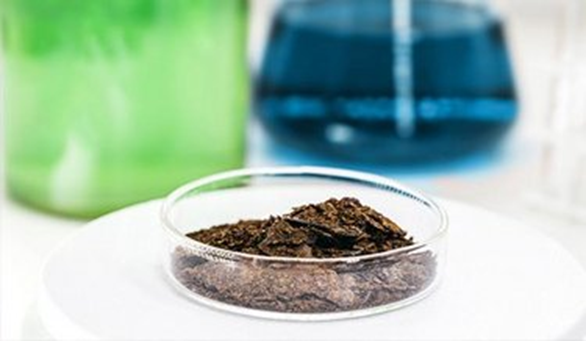 Analytical Needs
Analytical Needs
|
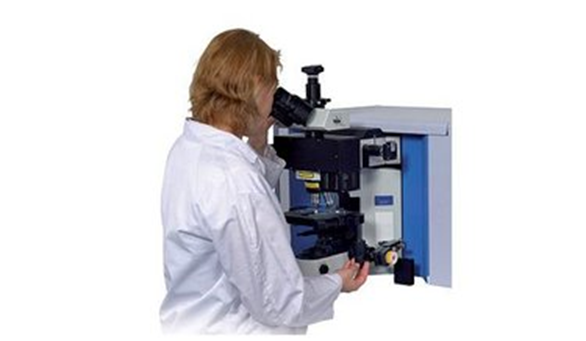 HORIBA Solutions
HORIBA Solutions
|
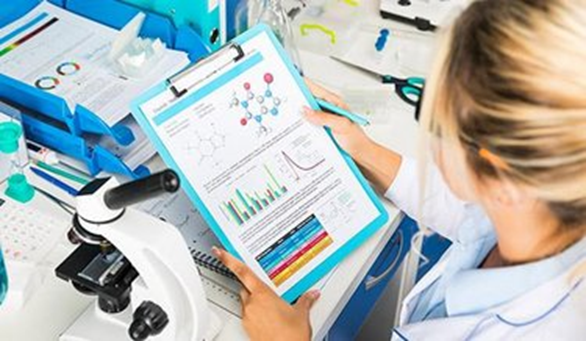 Resources
Resources
|
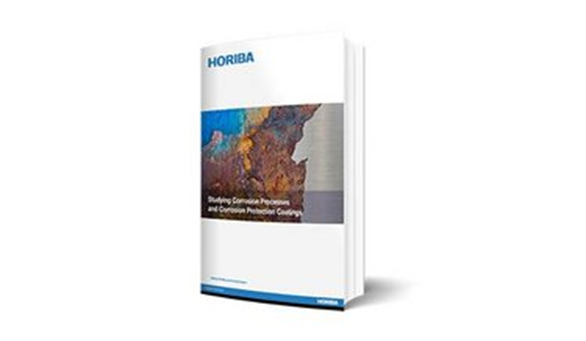 Brochure
Brochure
|
What is corrosion?
Corrosion is the gradual local or uniform deterioration of a material due to chemical reactions with its environment caused by environmental and mechanical factors. As a result, the material weakens, surface properties change, and performance degrades.
Variables such as pH, temperature, chemicals, or radioactivity, can cause and accelerate corrosion. This leads to material degradation, and failures, and negatively impacts safety and longevity. Stress and wear can also contribute to corrosion by degrading the surface, particularly in components exposed to stress and friction, leading to further material deterioration.
Corrosion risks are a major concern across several domains, including the energy industry, metallurgy, marine, aerospace, automotive, and so on. These sectors face significant challenges as corrosion can lead to structural failures, safety hazards, and reduced operational efficiency.
Why do we study corrosion?
Studying corrosion and its processes is crucial because it enables us to understand how and why materials deteriorate in different environments.
This knowledge is essential for industries as it helps in designing more durable materials, selecting appropriate protective coatings, and implementing effective maintenance strategies.
By understanding corrosion mechanisms, industries can predict potential failures, optimize the lifespan of their assets, and reduce the risk of catastrophic events such as structural collapses, leaks, and contamination. Ultimately, proactive corrosion management leads to enhanced safety, cost savings, and sustainability by minimizing material waste and preventing costly downtime and repairs.
What are the analytical needs?
Precise analytical techniques are necessary to assess the structure of materials, and its interactions with the environment. Also, by using the techniques and/or combining them, it is possible to get even more insight and monitor the formation of corrosion products and evaluate the performance of protective coatings and inhibitors.
Elemental analysis for material selection
Elemental analysis is crucial for selecting materials with the necessary corrosion resistance, as it reveals the exact composition and potential reactions in specific environments.
Techniques such as Inductively Coupled Plasma (ICP), X-ray Fluorescence (XRF), and Glow Discharge Optical Emission Spectroscopy (GDOES) are commonly used to perform this analysis.
Molecular and structural investigations
Molecular and structural investigation is essential for understanding material behavior and predicting its response to corrosive environments.
Raman Spectrometry can provide non-destructive insights into molecular and structural properties. Using tools such as Raman microscopes and probes, researchers can remotely monitor corrosion processes in real-time, gaining critical information on how materials degrade.
Additionally, multimodal Atomic Force Microscopy (AFM) offers precise surface topography analysis, identifying local non-uniformities where corrosion may begin.
Interactions with the environment
Understanding the interaction between materials and its environment help to predict corrosion behavior and ensure long-term durability. For example, surface properties and the effectiveness of protective coatings must be carefully studied to assess its performance.
Analytical solutions like in operando measurements enable real-time monitoring of surface changes when materials are exposed to flowing electrolytes, giving important insights into how they degrade or helping identify the specific reactions happening during corrosion.
Off-line studies, where corrosion parameters like time, temperature, pH, and pressure are varied, provide further understanding of how different environmental factors affect material behavior.
Coupling techniques to go beyond
The information obtained from any single analytical technique is inherently partial, as it results from the specific interaction between the chosen technique and the material being studied. Therefore, combining multiple techniques to provide a multidimensional analysis is essential.
HORIBA analytical methods can be seamlessly integrated with other important surface techniques.
Raman spectroscopy measurements can be conducted at various depths within a Glow Discharge (GD) crater, enabling a combination of elemental and molecular depth profile analysis.
Correlative measurements are further enhanced by accurately repositioning points of interest across multiple techniques, such as particle analysis using µ-XRF, microRaman, and a nanoGPS navYX repositioning system.
What are the analytical solutions?
HORIBA offers advanced techniques for the study of corrosion, which provide detailed insights into material composition, behavior, and interaction with environmental factors. These methods allow for precise analysis and monitoring, which are essential for understanding corrosion mechanisms, developing protective coatings, and improving material longevity.
- Atomic Emission Spectroelectrochemistry (AESEC) is a technique coupled with Inductively Coupled Plasma (ICP) that enables the study of corrosion behavior in metals and alloys through the monitoring of metal ion release and the analysis of metal deposition on electrodes.
- Glow Discharge Optical Emission Spectroscopy (GDOES) can offer comprehensive insights into the elemental composition of both the surface and subsurface layers of a material.
- Raman spectroscopy offers in-depthnon-destructive molecular and structural analysis of materials.
- Atomic Force Microscopy (AFM), coupled with Raman spectroscopy, amplifies the examination of corrosion and corrosion protection coatings, enabling a thorough comprehension of corrosion mechanisms and the efficacy of protective coatings.
- The Elemental analyzer is a specialized instrument used for the precise quantification of Oxygen, Nitrogen, and Hydrogen concentrations in diverse materials.
- X-ray fluorescence (XRF, micro-XRF) is used for the creation of comprehensive elemental maps and material thickness measurements.
- Spectroscopic Ellipsometry can analyze thin film properties, even in a liquid environment.
- Particle analyzers provide valuable information on the corrosiveness of the environment and the effectiveness of corrosion inhibitors, by examining the size distribution, surface potential, and surface area of particles.
- Fluorescence spectroscopy is employed for the molecular-level characterization of corrosion, involving the detection, identification, and analysis of corrosion products and processes.
Watch Webinar:
Prevent, Protect, Perfect with Advanced Analytical Solutions for Corrosion
For corrosion purposes, to predict failures, optimize material lifespan, and develop effective corrosion protection strategies, ensuring durability and reliability in demanding environments, different advanced analytical solutions are needed. We will present a comprehensive range of advanced analytical solutions for the corrosion market, designed to address the complexities of corrosion processes and protection strategies.
